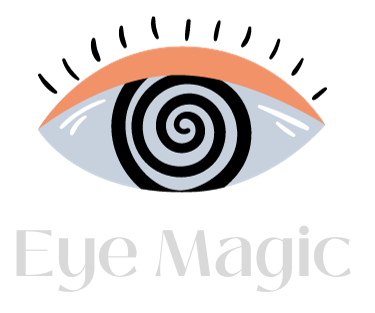Prescription glasses are an essential accessory for millions of individuals worldwide, providing a solution for vision correction and enhancement. These specially tailored eyewear pieces offer a means to improve visual acuity and enhance the quality of life for those with refractive errors. From nearsightedness to farsightedness, astigmatism to presbyopia, prescription glasses come in various forms and serve as a vital aid for individuals of all ages.
Understanding the Basics

Prescription glasses are custom-made eyeglasses designed to address specific vision-related issues. They consist of lenses that are ground and shaped according to an individual’s unique vision prescription provided by an optometrist or ophthalmologist. These lenses are then mounted into a frame that is selected based on the wearer’s preference, comfort, and style.
Vision Correction and Comfort
Prescription glasses primarily function to correct refractive errors, which occur when the shape of the eye prevents light from focusing directly on the retina. The lenses in these glasses compensate for these errors, allowing light to properly focus on the retina, thereby improving vision clarity. By wearing the appropriate prescription, individuals can experience enhanced visual acuity and overall comfort during everyday activities such as reading, driving, or working on a computer.
Types of Prescription Glasses
Prescription glasses come in various forms to accommodate different visual needs and preferences. Some common types include:
- Single Vision Glasses: These are the most common type of prescription glasses, designed to correct vision at a single distance, either for nearsightedness or farsightedness.
- Bifocals and Trifocals: These lenses are divided into distinct sections, allowing wearers to see clearly at multiple distances. Bifocals have two sections, typically for near and far vision, while trifocals have an additional intermediate section.
- Progressive Lenses: These advanced lenses provide a seamless transition between various focal lengths, eliminating the visible lines found in bifocal and trifocal lenses. They offer a more natural viewing experience, allowing wearers to see clearly at all distances.
- Specialty Glasses: Some prescription glasses cater to specific needs, such as those for computer use, sports, or hobbies. These lenses are customized to optimize visual performance for specific activities and may incorporate features like anti-reflective coatings, blue light filters, or impact resistance.
Selecting the Right Frames
When choosing prescription glasses, selecting the right frames is essential for both vision correction and personal style. Frames come in a variety of materials, including metal, plastic, and even wood. Each material offers different levels of durability, flexibility, and aesthetic appeal. Factors such as face shape, skin tone, and personal style preferences should be considered when selecting frames. Not only should your specs be a comfortable fit, but also look lekker!

Lens Coatings and Enhancements
To further improve the functionality and durability of prescription glasses, various coatings and enhancements can be applied to the lenses. Some common options include:
- Anti-Reflective Coating: This coating reduces glare and reflections on the lenses. Needless to say, it improves visual clarity, especially during nighttime driving or computer use.
- Scratch-Resistant Coating: This coating enhances the durability of the lenses, protecting them from scratches and extending their lifespan.
- UV Protection: Prescription glasses can be equipped with UV protection to shield the eyes from harmful ultraviolet rays. Reducing the risk of cataracts and other eye-related issues.
- Blue Light Filtering: With the increasing use of digital screens, blue light filtering coatings have become popular. This will help minimize exposure to harmful blue light emitted by electronic devices.
Caring for Prescription Glasses
Proper care and maintenance are crucial to prolonging the lifespan and effectiveness of prescription glasses. Here are some essential care tips:
- Cleaning: Use a gentle, lint-free cloth and a mild lens cleaning solution to remove smudges and dirt from the lenses. Avoid using harsh chemicals or rough materials that can scratch the lenses.
- Storage: When not in use, store the glasses in a protective case to prevent scratches and damage.
- Handling: Handle the glasses with care. Use both hands to remove or put them on to avoid misaligning the frames or causing damage to the lenses. (Trust me, many accidental insurance claims have had awkward explanations. Giggling at the story…)
- Regular Check-ups: Visit an optometrist regularly to ensure that the prescription is up-to-date and to address any changes in vision.
The Future of Prescription Glasses
Advancements in technology have led to innovative developments in the world of prescription glasses. From lightweight materials and customizable designs to smart glasses with augmented reality capabilities, the future of prescription eyewear looks promising. These advancements aim to provide wearers with enhanced comfort, improved functionality, and a seamless blend of fashion and technology.
Conclusion
Prescription glasses have revolutionized the way people with vision impairments navigate the world around them. By offering tailored solutions for various eye-related issues, these essential eyewear pieces provide wearers with improved visual acuity, comfort, and confidence. As technology continues to advance, the future of prescription glasses is likely to bring forth even more innovative. Look forward to significant enhancement for the lives of those in need of vision correction.
